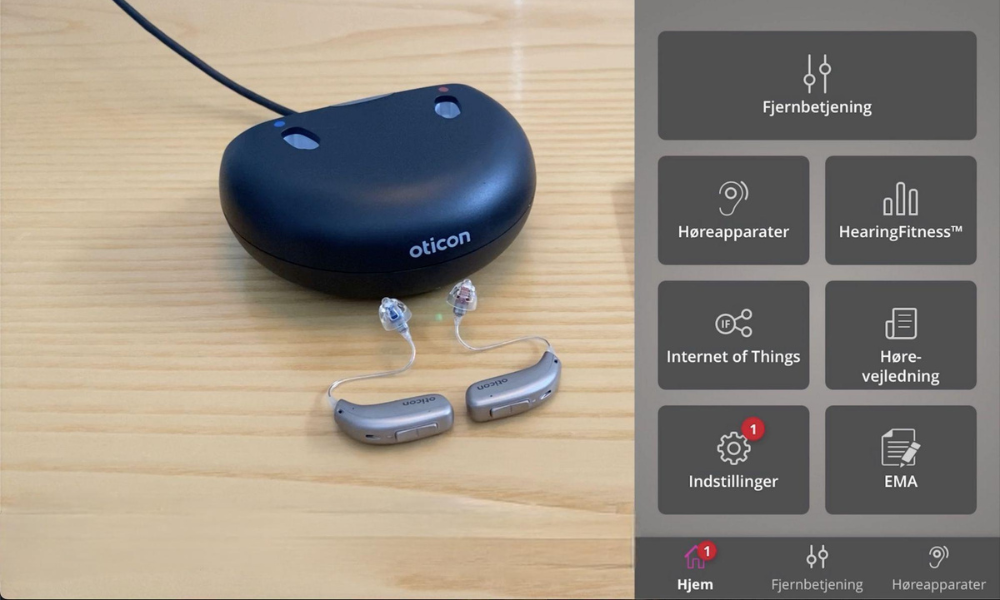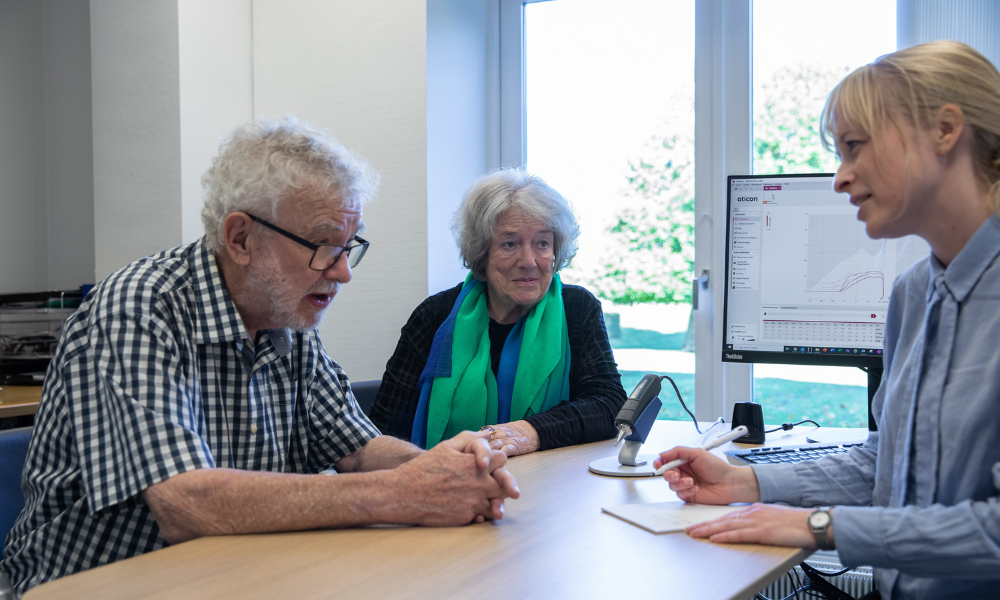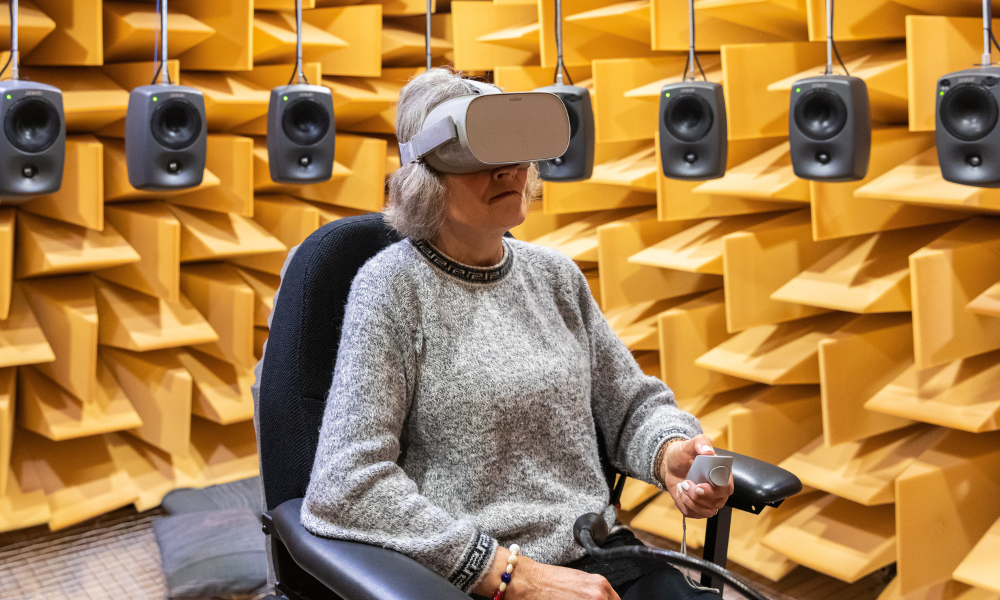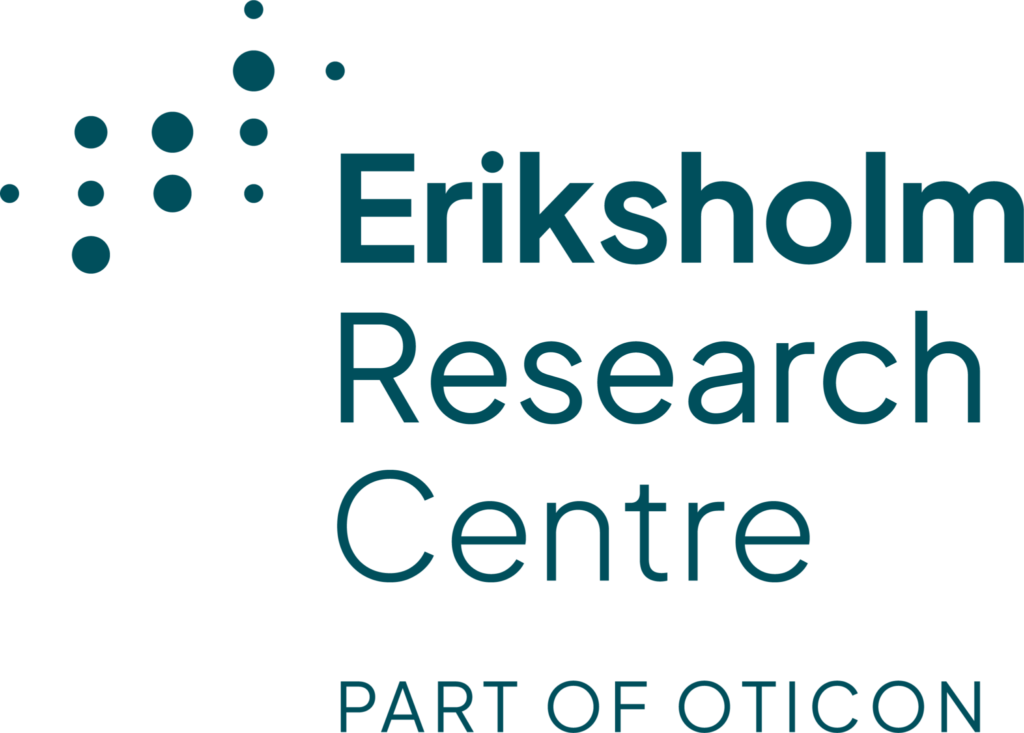Introduction
A key challenge for audiologists and hearing aid users during fine-tuning is to find the right balance between attenuating noise and letting all sounds pass through. State-of-art hearing aids employ a contextual adaptation of noise reduction so that increasingly more noise is removed as the situations become more difficult. Likewise, fitting software allows for personalizing the curve that activates noise reduction from threshold to the max.
While the adaptation simplifies hearing aid use in daily life, the same automatics makes finding personal preferences more complicated. It is usually audible if noise reduction is toggled between off and on, just like having two programs with different timbre. However, when the contrast is between two levels of noise reduction, it is only in the situations where the two levels differ than one can hear those differences.
Aims
We wanted to investigate how users perceive and express short term and long-term benefits when exploring different levels of noise reduction and different levels of high frequency gain. from.
We also wanted to investigate if the contrasts we included in the study elicit a preference for either levels of noise reduction and/or level of high frequency gain
Finally, we wanted to investigate if we can predict the preferences for noise reduction and high frequency gain based on logging data from the hearing aid and Ecological Momentary Assessment (EMA) ratings carried out while using the hearing aids.

Methodology
Each test participant was fitted with a pair of hearing aids with four programs forming a 2×2 design which contains two HA features – noise reduction (NR) and high frequency gain (HFG), and two variables for each feature (for NR: default vs maximum, for HFG: default vs additional 4/6 dB). Each participant got a permuted sequence of the four programs, regardless of previous preference. Moreover, participants got a prototype Oticon ON app with EMA features on their smartphones. Participants were prompted several times every day to evaluate the overall satisfaction of the hearing experience and HA performance, as well as reporting the current sound environment, their current listening intent in the situation, and physical motion via EMA. Participants could also initiate an evaluation whenever they felt that it was relevant. Upon completion of the study, the participants discussed their ratings, their preferences, and their data with the research audiologist and scientist.
Results
The analysis of the results is ongoing. The methodology and aims been reported at IHCON and in a webinar with Danish Sound Cluster.
However, from a clinical perspective the data collection and the extended dialogue with the hearing aid users based on their usage patterns provided many relevant insights and perspectives. This is also very important, as running a study like this takes more effort than lab-based studies where participants are only active while they are in the lab. Here the participants are active throughout the test period, and they need support to make sure that data is collected.









